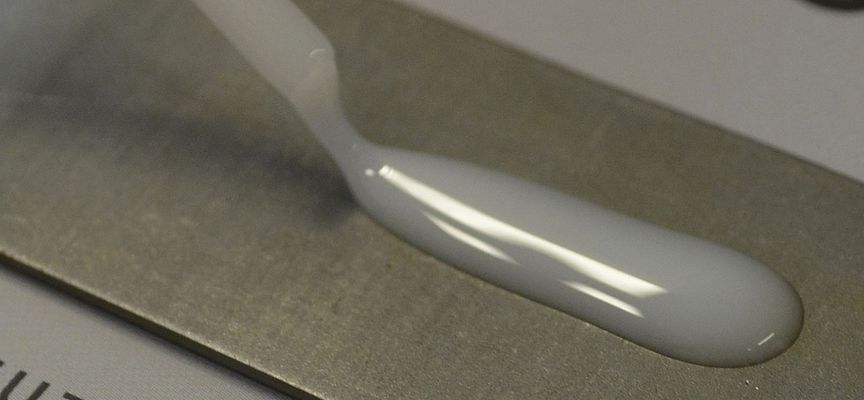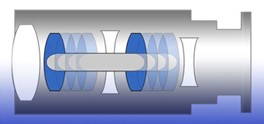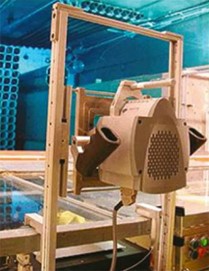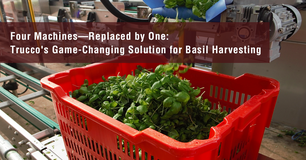New materials are making cars, planes and all sorts of other things lighter. The catch is that many of these materials can't be welded. Now there's an alternative joining me- thod available - gradient adhesives provide an extremely good way of ensuring joined parts stay joined for their entire service life and hold up well in the event of a crash.
"We work primarily with structural adhesives, which bond components permanently and create additional shape stability," says Dr.-Ing. Jan Spengler, a chemical analyst in the Plastics division at the Fraunhofer Institute for Structural Durability and Reliability LBF in Darmstadt. These adhesive bonds offer a particular advantage; they hold up considerably better in crashes than other types of bonds. What's more, adhesives possess better damping characteristics than metal and improve noise vibration harshness (NVH). NVH is the term for what car occupants perceive as vibration or hear as noise. "The adhesive layer functions like a classic damper, which saves on insulation material and reduces weight," says Dr.-Ing. Halvar Schmidt from the LBF's Structural Durability division.
Thanks to the gradient rigidity, the innovative adhesive can achieve a significantly prolonged bond. This is important, considering that every trip a vehicle makes subjects the car to vibration loads, and such external stress is always distributed unevenly across the bond. What then happens is that joints develop stress peaks at the edges, and the bond is highly stressed. "Our newly developed adhesive with gradient rigidity is elastic on the outer edges and handles stresses better and stress peaks are absorbed," explains Spengler. "But in the middle, the adhesive layer has been spot-cured and is correspondingly rigid, which ensures that the bond and the adhered vehicle chassis maintain continuous shape stability.























































